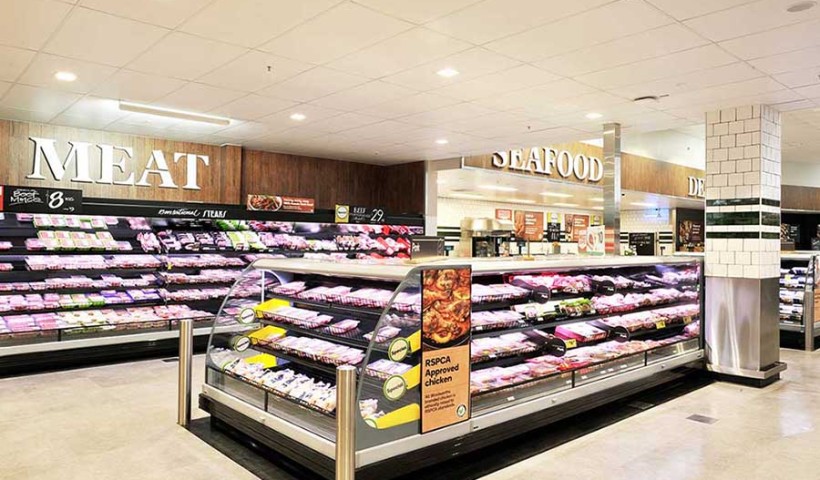
Potter Interior Systems' Aluminium Partitions Specifiers manual contains some useful technical information relating to glass requirements and limitations — with reference to the glazing code and GANZ. This manual also provides some important design guidelines in the form of quick-reference tables for glazed internal partitions at the front of the manual.
During the design stages, an architect or designer should carefully consider the height, type and thickness of the glass in particular, in order to maintain compliance. Heights above 3.0m require a specific design, and adequate edge cover (with glass edge inside the aluminium profile) is required to retain the glass under load.
The quick-reference tables are clearly shown for checking:
- Glass 'Edge Cover' and 'Edge Clearance'
- Number of glass panels vs. mullion requirements (for glazed partitions)
- Door sizing — max. area for specific glass type/thickness
Generally speaking, using toughened glass in an internal glazed partition — as opposed to annealed or laminated glass — will usually allow for longer runs of glass and require fewer mullions. For more information on all glass types, please consult with Potters' partners Viridian, or the Glass Association of New Zealand (GANZ). Potters aluminium suites can accommodate glass thicknesses between 6mm and 12.76mm (for laminated glass).
Glass Design:
For more information on glass thickness and compliance with the New Zealand Building Code requirements, refer to: Human Impact Safety Requirements NZS4223: Part 3:1999, Clause 311.
Framing:
Minimum framing rigidity requirements are set out in Appendix 3.C of NZS4223 Part 3:1999. NZS 4223 Part 1: 2008 provides minimum glazing dimensions and minimum edge cover.
Partition Frame Design:
Many partition systems have removable glazing beads (to allow for glass installation) and adequate pocket depth to get both the edge cover and edge clearance required. However some systems with fixed pockets on two or more sides require 'shuffle' glazing and the edge clearance must be increased to install the glass. For internal partitioning design assistance please contact Potter Interior Systems.













 New Products
New Products










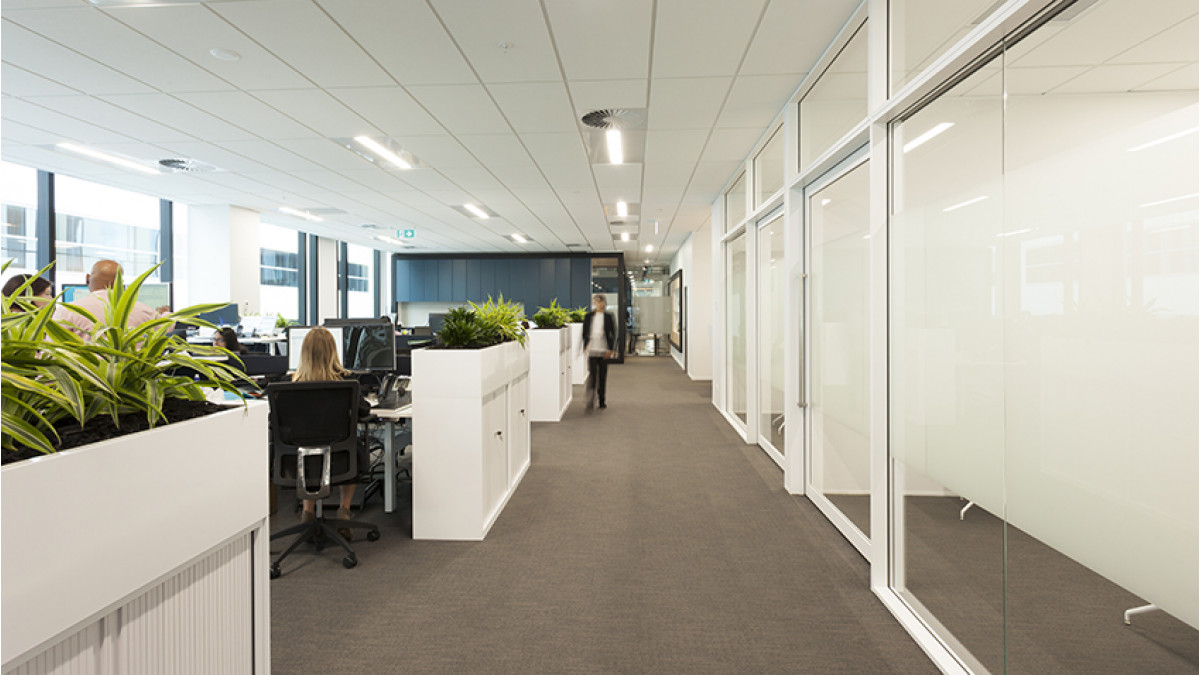


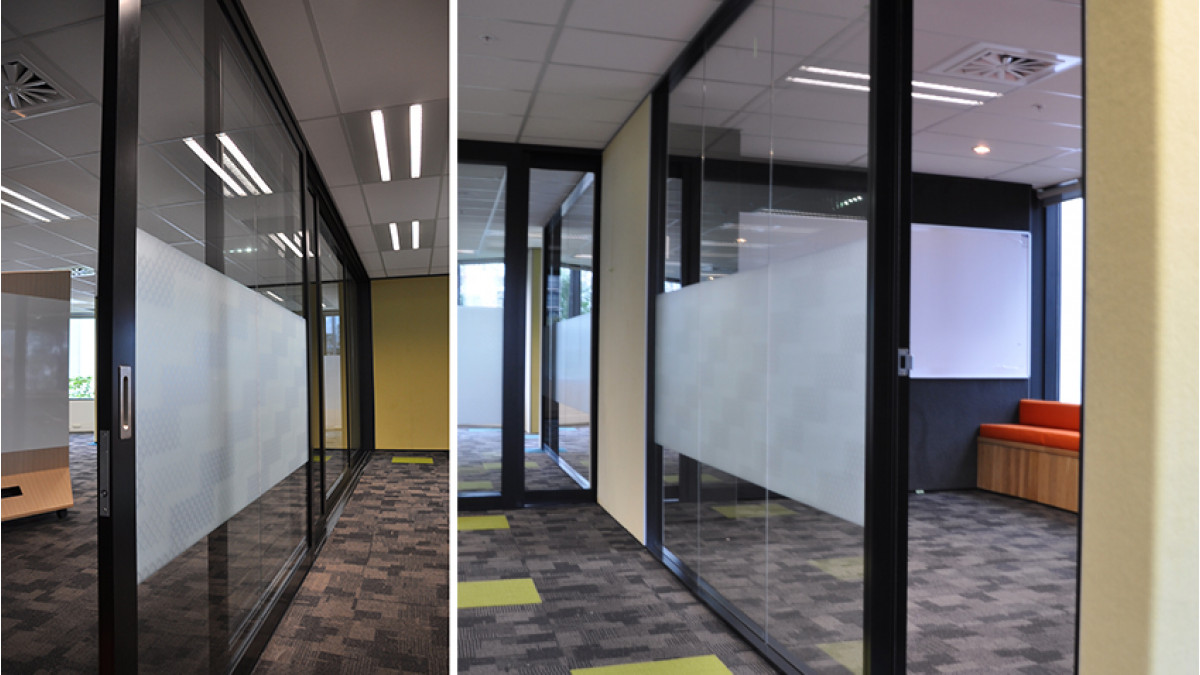


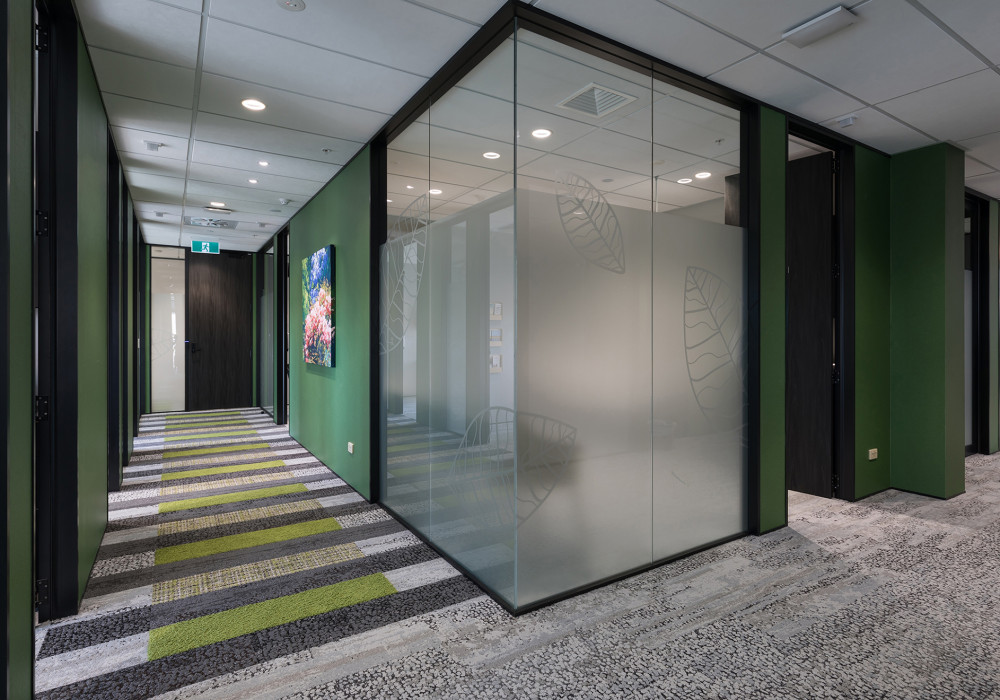
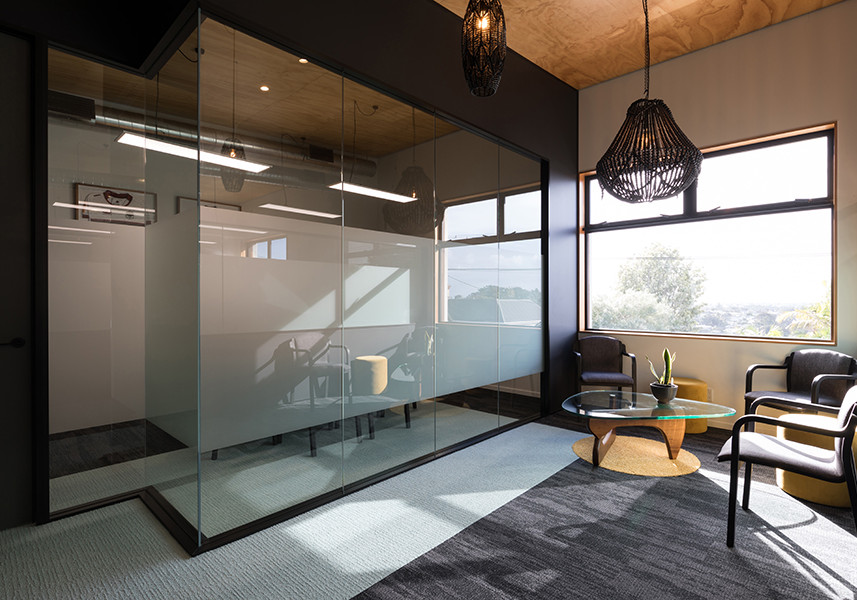




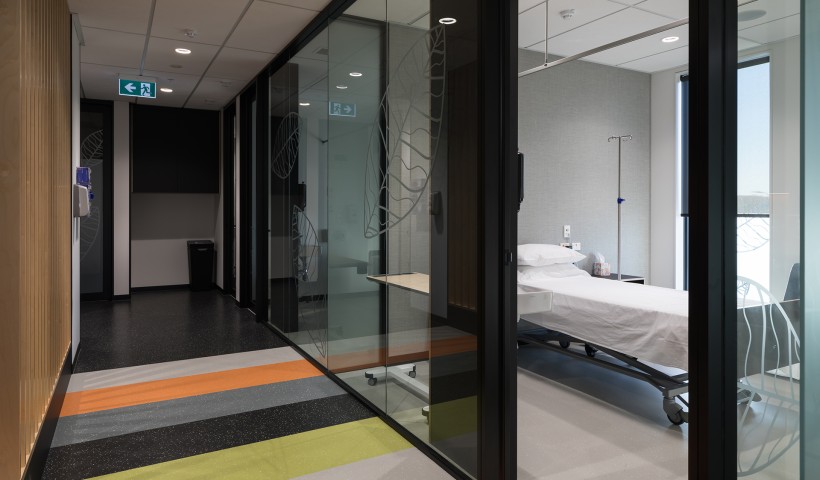
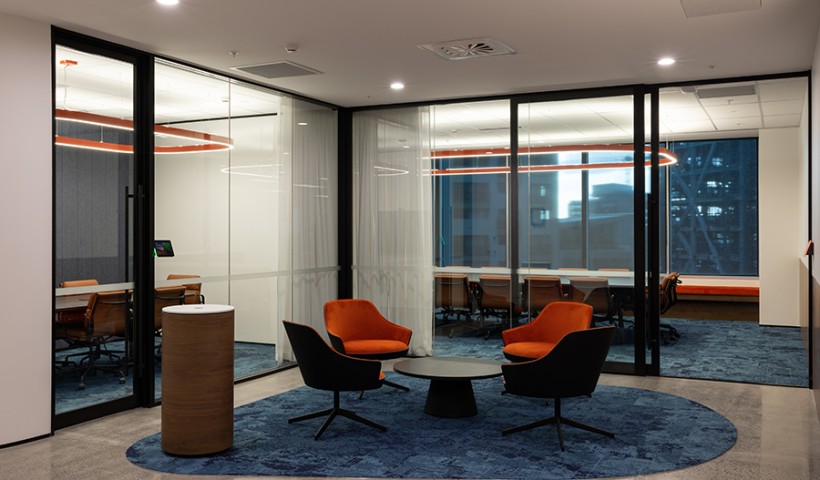
 Popular Products from Potter Interior Systems
Popular Products from Potter Interior Systems
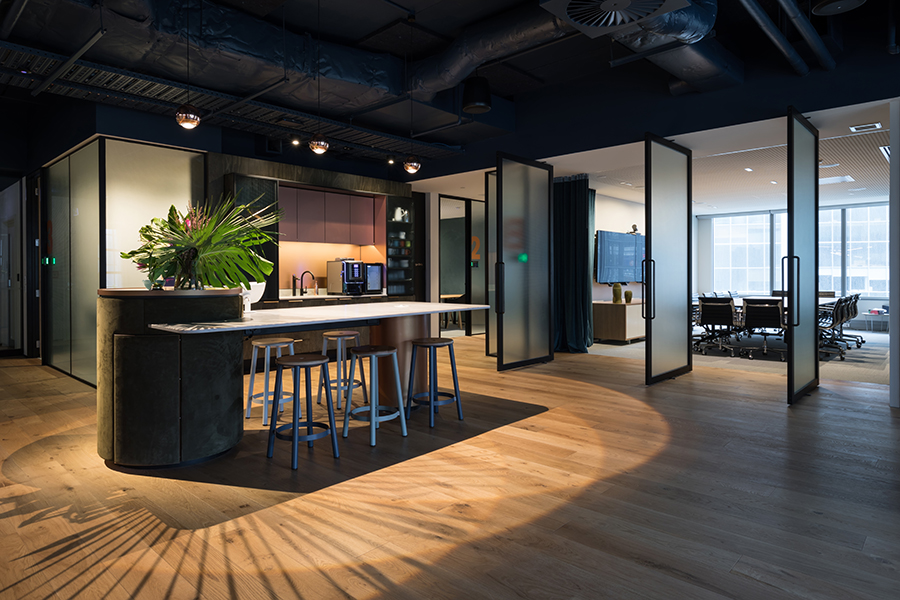

 Posts by Michael Freeman
Posts by Michael Freeman


 Most Popular
Most Popular



